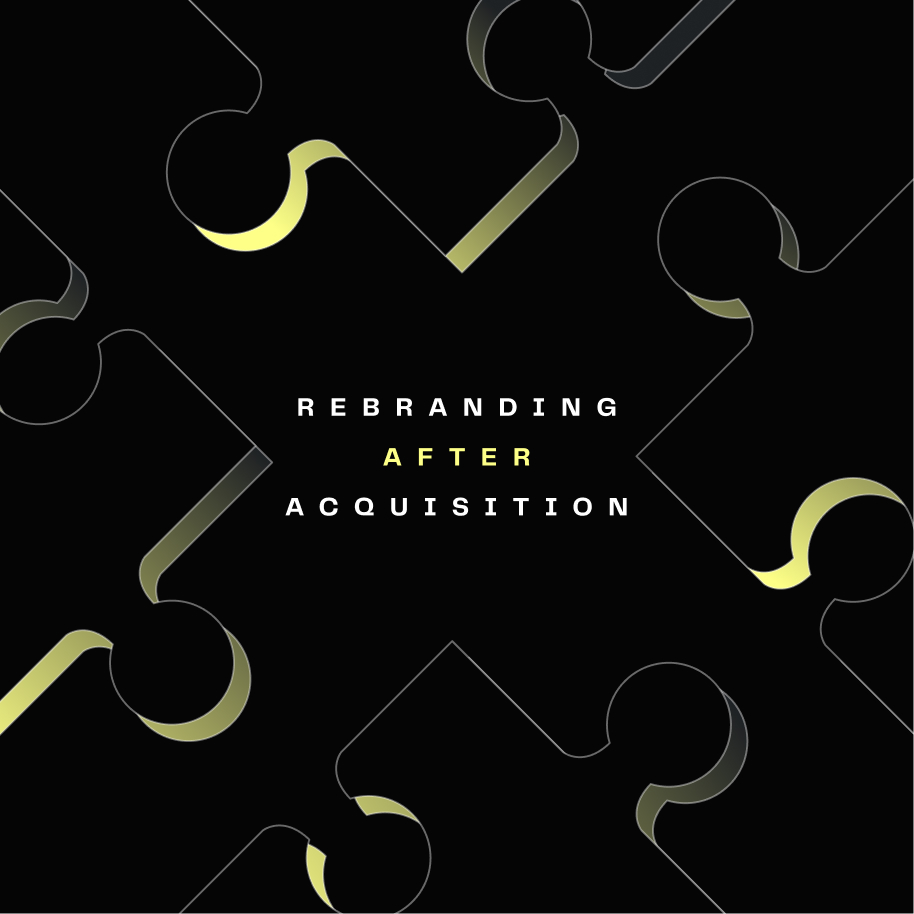This three-part series will explore the fundamentals of original research for content marketing and how to use research to elevate your brand’s overall marketing strategy. In this first part, we’ll discuss the what and why of original research. Part 2 will highlight some key steps brands should follow to create a successful research report, along with pitfalls to avoid. Our final part will detail Sunup’s proven approach to delivering research that drives impact.
Let’s begin this blog on original research with a somewhat philosophical question: In 2023, is “originality” still achievable?
Amid the ever-expanding glut of repurposed content and the widespread use of AI for marketing, one could reasonably view the idea of “original” content as something of an anachronism — a relic of a time before ChatGPT, DALL-E and the algorithmic augmentation of working life.
Yet as we argued in a previous post, the evolving landscape of AI can actually enhance rather than impede human creativity — provided it’s used with care, forethought and proper oversight.
For brands, one of the most tangible benefits of AI is that it’s helping to reroute human attention away from automatable functions like customer support management and email campaign optimization, and toward more substantive and strategic asset creation.
Within creative marketing, few assets are as substantive or strategic as a well-executed original research report. Yet most brands aren’t pursuing original research: According to a recent report on B2B brands, only 30% of companies are actively prioritizing original research, despite data reports ranking third in terms of the results they yield — behind only in-person and virtual events.
One reason for the stark gap between perceived value and actual use of original research is that many brands remain unclear on one critical question.
What exactly is original research?
It’s best to define original research by what it is not.
Original research is not a summary of existing content. Too often, we’ve come across company-issued “insight reports” that are nothing more than a recapitulation of previously undertaken research. While marketers may think they’re being resource savvy by repackaging old data, reporters and casual readers will often see this tactic for what it is: lazy marketing. That won’t bode well for your brand’s credibility.
Original research is not an assemblage of case studies. Case studies are a critical marketing tool in demonstrating your brand’s ability to solve client challenges and offer unique solutions. There are, of course, many ways in which case studies can and should be repurposed. But compiling a bunch of case studies into a nominal “research report” is not one of these ways. While case studies may play a supporting role in research reports (we’ll get into that in Part 2), they should never be the star of the show.
Original research is not customer research (most of the time). As with case studies, customer research is a vital tool in a holistic marketing strategy. By engaging with customers, brands can construct sophisticated personas and develop more tailored product offerings. But most of the time, you shouldn’t survey your customers for original research projects, since they’re likely limited in scope, lacking in demographic diversity and presenting issues of inherent bias. The exception here is if your brand specializes in data collection, in which case you may have access to more representative and unbiased audience samples.
By outlining some things that are antithetical to original research, you can start to see what makes this type of project unique. First and foremost, original research involves engaging with third-party data to tell a unique and impactful story. And if the ultimate goal of a research project is to elevate brand awareness, the means by which you achieve that are through rich insights rather than self-promotional content.
In short: Original research is about using objective data to say something new, topical and noteworthy about your industry.
Why undertake an original research project?
If your job is to manage a marketing budget, you’re likely reading this blog and shuddering at the cost implications of “representative audiences” and “third-party data.”
You’re not wrong to do so. Indeed, original research is an investment. And depending on the type of audience you’re surveying and the final output you’re envisioning, it can be quite a steep one.
Making this investment worthwhile requires understanding and appreciating the why of original research.
For us, original research projects — the good ones anyway — offer three key value drivers.
Reason 1: Original research fuels your content & PR engine.
Is your editorial calendar full of evergreen topics that were brainstormed at last year’s corporate retreat? Is your PR team flailing for any media mentions they can grab, no matter how obscure? In a marketing landscape defined by content fatigue, this is the unfortunate reality for many companies out there.
Original research can be the perfect tonic for tepid marketing efforts. On the media relations side, a well-executed research report will give your PR team a rich repository of thought leadership that will lend itself to pitches that demand reporter attention.
To see what we mean, put yourself in a reporter’s shoes for a moment, and consider which email subject lines you’d be more likely to click on:
- “Our Company Uses AI-Driven Tools to Augment WFH Productivity — Learn More!”
- “New Study Finds 66% of WFH Workers Are More Productive With AI”
Both of those emails point to the same assertion, but one shows where the other simply tells.
Reason 2: Original research validates your brand’s credibility.
One of the biggest challenges brands face is articulating a distinct value prop. Why should your target consumer choose you over the other 47 similar solutions out there? Demonstrating credibility within your field is critical to stand out from the pack, and original research offers the perfect vehicle through which to signal authority
A good example of this is the mattress company Casper, which has effectively used original research as a tool to build affinity. As a consumer evaluating a bunch of mattresses that look and are priced exactly the same, what’s my ultimate basis for selection? Most likely, I’ll choose the brand that’s proven itself as the expert on sleep.
Reason 3: Original research strengthens your overall marketing strategy.
Last but not least, original research provides deeper benefits across your company’s entire marketing strategy, including:
Driving lead generation: Original research can lend itself to various assets that fuel lead gen, including webinars where attendees provide their email address or gated PDFs that require a form fill.
Elevating SEO results: Well-researched content tends to rank better in search — especially content that includes original data.
Solidifying sales message: While the primary goal of a research report should be to illuminate and educate, research can offer a secondary benefit of validating your company’s key sales message. If, for instance, you’re a standing desk manufacturer, and your research determines that the average consumer is twice as productive standing versus sitting, that’s a data point you can embed in your company’s external messaging.
Refining internal messaging: A well-executed data report should offer a chance to revisit and refine internal messaging. For example, if your original research seems to undermine or contradict certain attributes of your company’s existing ideal customer profile, then perhaps it’s time to rework that composite sketch with the new insights you’ve gleaned.
Driving data forward.
By outlining the what and why of original research, we’ve hopefully given you a sense of purpose and greater confidence in undertaking a research project for your brand.
Now comes the hard part: following a recipe for success. Because if your approach to research is ill conceived or avoidably careless, then a once-promising research project can quickly become a bloated deliverable that’s dead on arrival. To avoid the pitfalls of poor research and position your brand for research success, stay tuned for our next blog in this series.



